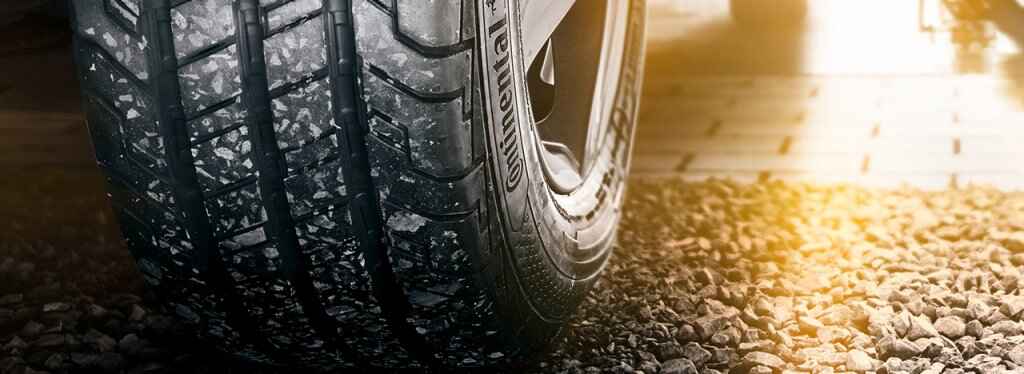
How Do I Know My Tyre Need to Be Balanced?
Tire balancing is the fine adjustment of a set of tires. This distributes the weight evenly around the entire circumference of the device. Common characteristics of unbalanced tires are uneven and fast tread, poor fuel economy, and vibrations in the steering wheel, running board, or seat that worsen at high speeds.
If all parts of the wheel and tire section have as much weight as possible, the tire will spin easier. This ensures even wear and maximum longevity. Balanced driving also contributes to comfort. When the balance is lost, the tires shake or bounce up and down, causing vibrations. If the front tires are not properly adjusted, vibrations will occur in the steering wheel. If you have back problems, the shaking of the seat or floor will be noticeable.
An unbalanced tire is easy to repair, but its function is accurate. It is made by attaching a small weight, only a few ounces, to the wheel. How do you know when your car needs balancing? Below are some marks.
vibration:
If you notice vibrations in your steering wheel, there may be a problem with the wheel balance. The vibrations are so strong that you may feel them throughout your vehicle, especially when you press the accelerator to increase speed.
If you can't step away from the steering wheel for even a moment without stopping the car, you definitely have a problem with your wheel balance. If the steering wheel vibrates too much, it means the front tires are out of balance. However, if the vibrations concentrate in the rear seats, the balance of the rear tires will be lost.
Tire noise:
In addition to vibrations, drivers are also uncomfortable with unbalanced tire noises and noises that don't exist in the first place. If you hear a buzzing or humming noise accompanied by vibrations, it could be a sign that your tires are out of balance. If the sound of your tires being out of balance gets louder when you accelerate, there is definitely a problem with your tire alignment.
Worn tires:
This isn't really a sign. This is proof of condescension! Tire wear indicates that the tires are likely out of balance. On properly balanced tires, the tread will begin to wear. However, if your tires are out of balance, the edges of your tires will lock up and affect your driving experience. If you have lopsided tires, this is a sign that the tires are out of balance.
New tires:
If you purchase new tires from your local tire shop, you should always balance the tires before installing them. Get a perfect and balanced look. However, there is a slight weight change in the edge area that will need to be corrected by rebalancing the wheel. The rims should also be checked for any changes that could lead to tire imbalance.
Pressure imbalance:
If you notice that the pressure in one of your tires has decreased, there is a good chance that your driving behavior is unbalanced. If you drive for a long time without correcting the differential pressure, you need to balance the tires after correcting the differential pressure.
One of the most obvious signs that your car's tires are out of balance is vibration at certain speeds. Severely worn tires are another cause of tire imbalance, which can prevent your car from staying balanced on the road. Because weight is not necessarily a factor when a car tire bursts. To avoid expensive tire replacement costs, it's important to pay attention to the signs of so-called tire imbalance.
To ensure a smooth driving experience, always install all tires accurately, always maintain correct air pressure, and keep balance when working at the tire shop.